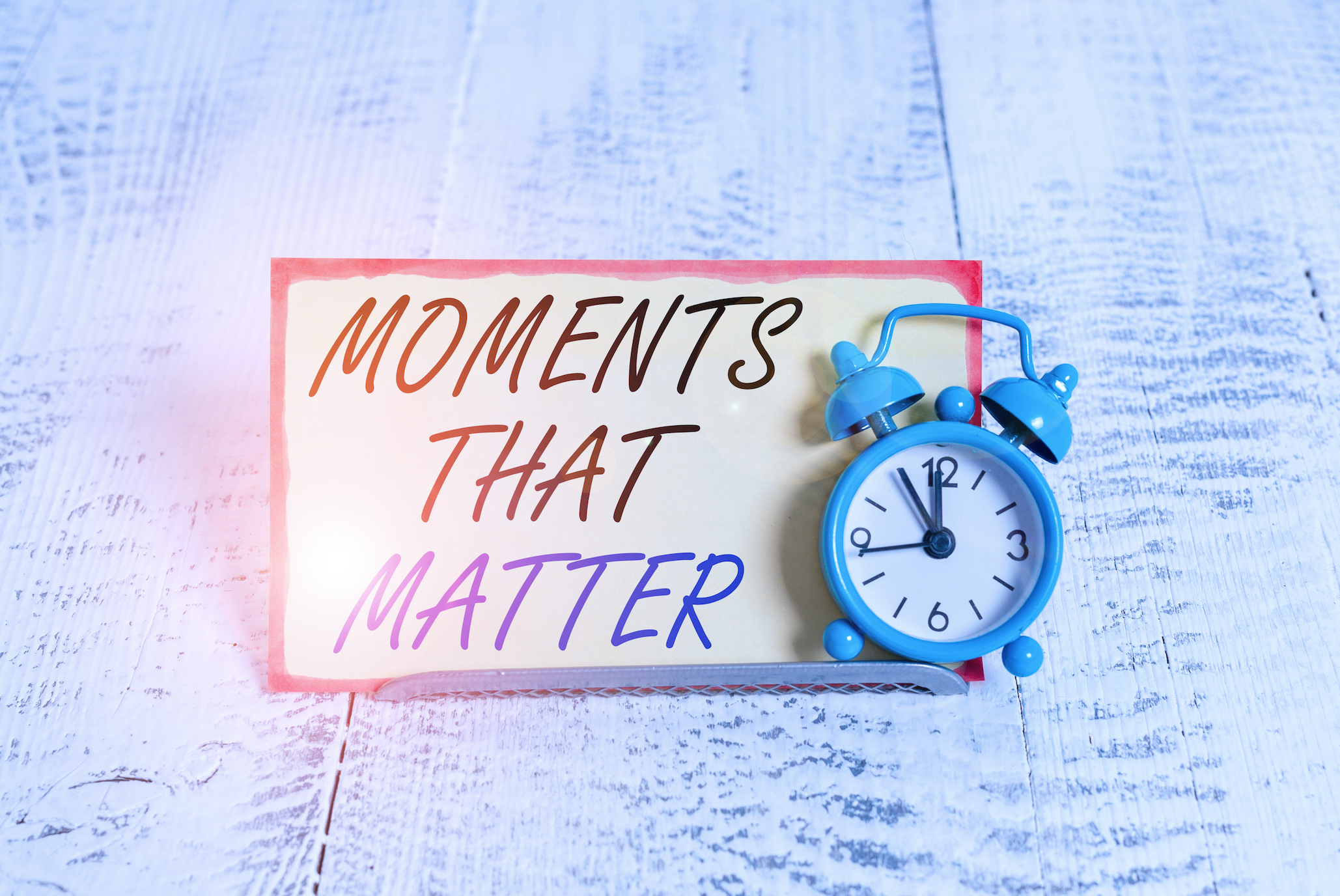
1. Top sales people may hold off on closing a deal until the sales incentive program kicks off.
Problem: When the start of a new sales incentive program is approaching, sales people tend to hold off on closing a deal so that it can fall under the new incentive program and benefit them more. This happens especially if the sales person has already exceeded their sales quota for the current period.
Solution: If you set your goals and tier them, then you can avoid the problem. Let's say for a given sales incentive program, you award sales people who improve by 10% or more currently. Once sales people get to 10%, they may hold back on new sales if a new period is starting soon. You could structure the program so that there is an additional award for employees who improve by 20%, 15% and 10%.
2. Incentives target the top 20% of sales people who bring in 80% of sales.
Problem: Incentives are often targeted at the top 20%, when they should be targeted at the 80% who could have more of an impact on overall sales. This is called the Pareto Principle and comes up in sales incentive programs and many other instances.
Solution: Develop goals that target your top sales people and challenge them to perform better. Then create separate goals for middle or under-performing sales people to help them improve performance. A sample of this may be to challenge sales people to improve on their previous year, same quarter sales figures by more than 15%, between 10-15% and between 5-10%. This helps sales people to compete against themselves instead of each other and can lead to an overall boost in sales.
3. Goals based off of results that aren't always under a sales person's control.
Problem: Sales people can’t always control how much budget a client has. They also can’t control the quality of the leads coming in. So why are incentive programs often structured around these metrics?
Solution: Reward people for their activities, the tasks they complete that lead to better sales. If sales people are making phone calls, holding web conferences and answering emails all in a timely manner, then sales are bound to follow. If you have a sales person who goes above and beyond for a potential client, you should have a way to recognize them on the spot through the sales incentive program.
4. The incentives people earn aren't always desirable.
Problem: It is difficult to provide a one-size-fits-all sales incentive program that will engage all employees. As an appliance sales person in college, I was once awarded a frozen package of steaks. I appreciated the gesture, but since I am a vegetarian my family got to enjoy the reward instead of me enjoying it.
Solution: Include a wide mix of price points and types of gifts such as merchandise, travel, experiences and gift cards. If you partner with an experienced sales incentive program provider, you will have access to a lifestyle catalog that includes a wide variety of incentives. Rewards providers are experienced in what is trending and popular among different demographics to ensure you are offering the latest and greatest gifts to your sales people.
5. People receive recognition only once a year.
Problem: Sales people work throughout the year, and yet they only receive recognition and rewards at the end of the year. Employee engagement may rise just after the New Year, but slowly dissipates as the recognition becomes a distant memory.
Solution: Split up the annual bonus into goals throughout the year. If you provide multiple ways people can earn incentives and be recognized throughout the year, you will be more likely to engage them and retain your top sales people.








Leave a Comment